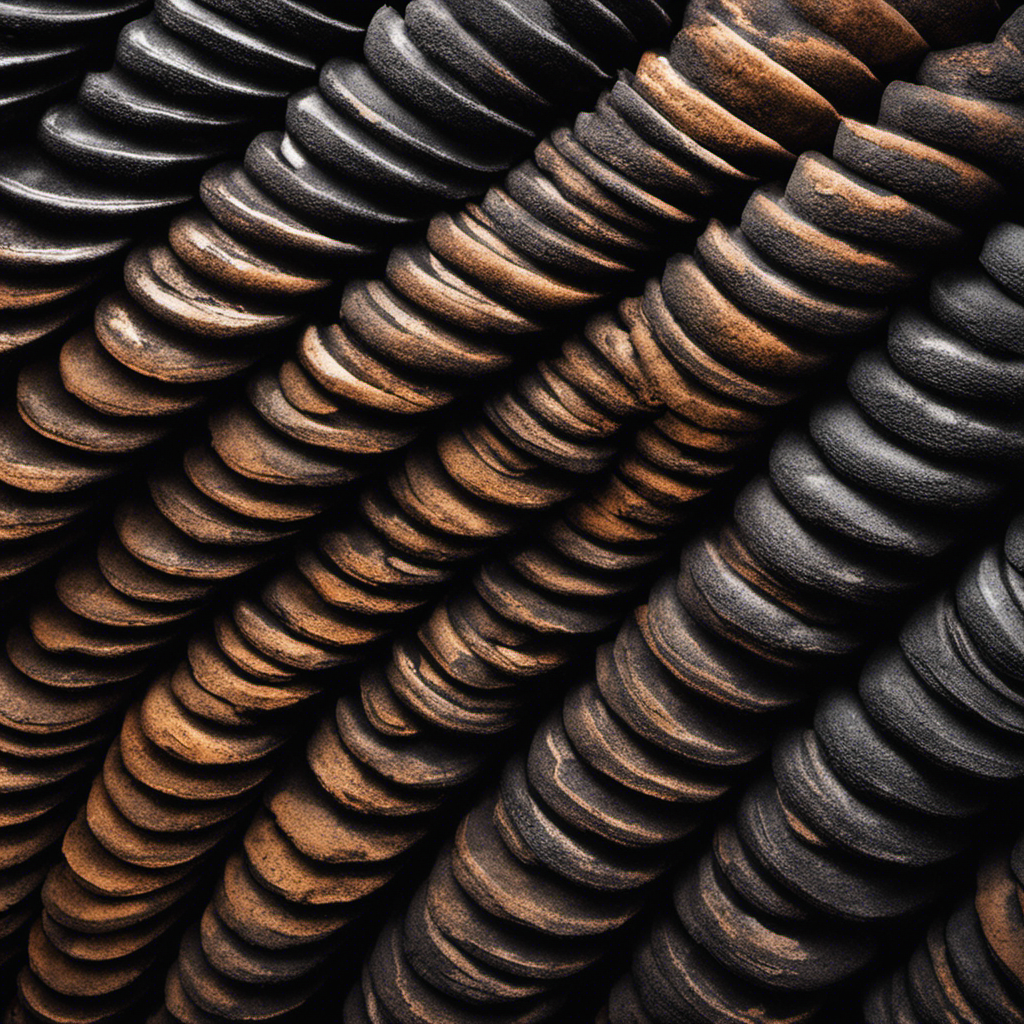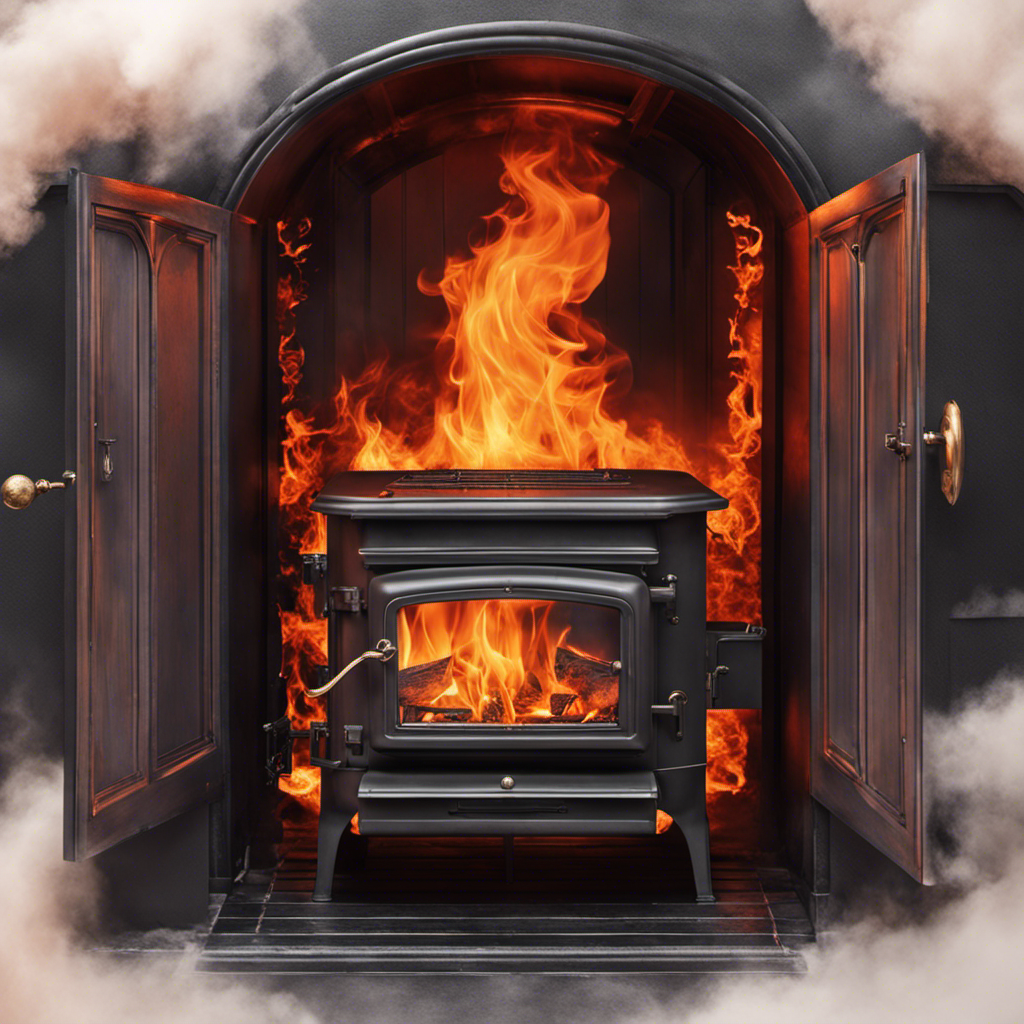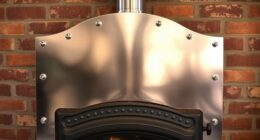Were you aware that every year, more than 2,900 house fires are linked to wood stoves? This highlights the importance of having a reliable hearth pad to safeguard your home.
In this article, I’ll guide you through the step-by-step process of making your own hearth pad for a wood stove. By using the right materials, measuring accurately, and implementing proper insulation, you can ensure the safety of your home and enjoy the cozy warmth of your wood stove without worry.
Key Takeaways
- Hearth pads are crucial for protecting your home from residential fires caused by wood stoves.
- Ceramic tiles are affordable and versatile, while porcelain tiles offer higher durability and lower water absorption.
- Accurate measurements and careful planning are essential for constructing a properly sized and designed hearth pad.
- The base of the hearth pad should be constructed with sturdy plywood and cement board, using construction adhesive and screws for stability.
Choosing the Right Materials
I’m currently researching which type of fire-resistant tile would be the best choice for my hearth pad. Material selection is crucial when it comes to fire safety. After careful consideration, I’ve narrowed down my options to two cost-effective choices: ceramic and porcelain tiles.
Both materials have excellent fire-resistant properties and are durable enough to withstand the heat generated by my wood stove. Ceramic tiles are known for their affordability and versatility, making them a popular choice among homeowners.
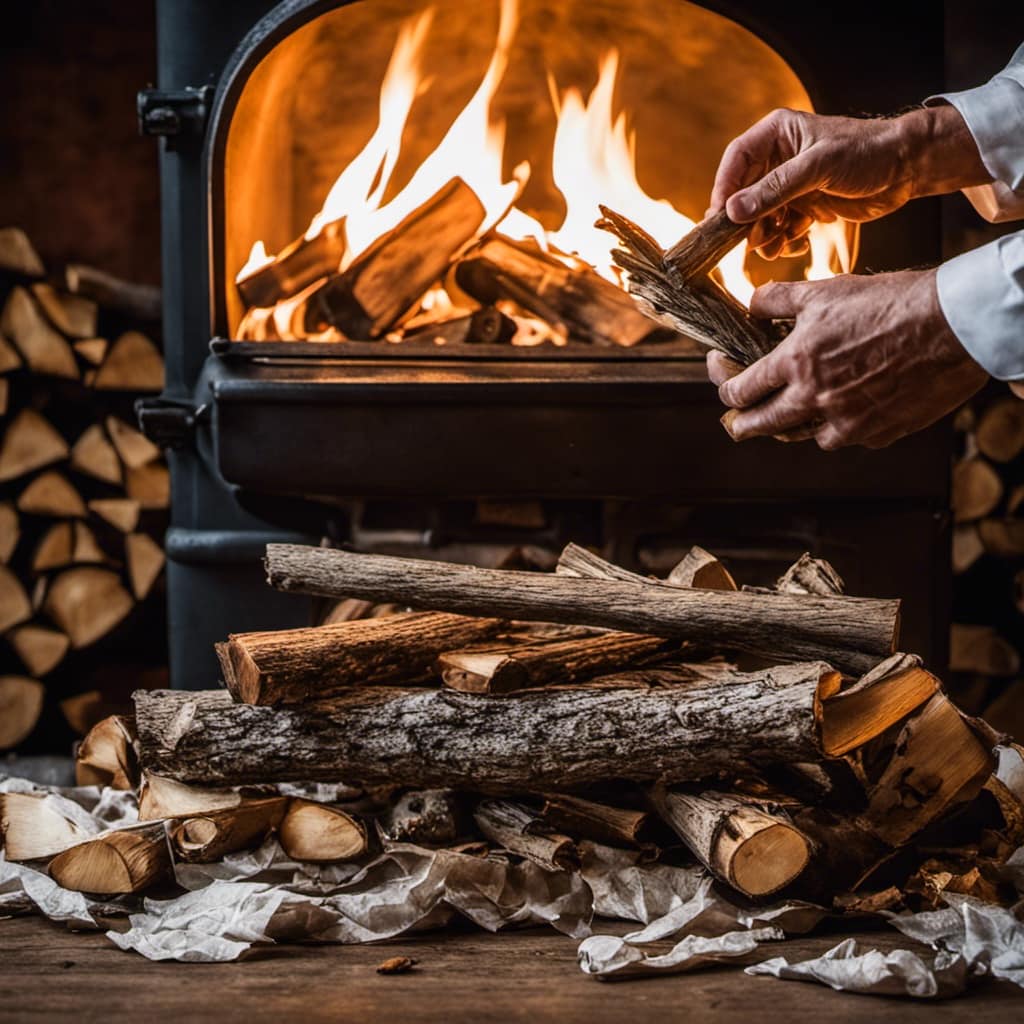
On the other hand, porcelain tiles offer a higher level of durability and are less prone to cracking or chipping. Additionally, they’ve a lower water absorption rate, making them a great option for areas prone to moisture.
Considering all these factors, I’ll choose the most cost-effective option that provides the best fire resistance for my hearth pad.
Measuring and Planning
I’ve been carefully measuring the dimensions of my hearth area and planning how to lay out the tiles for optimal coverage and aesthetics.
When it comes to measuring techniques for a hearth pad, accuracy is key. I started by measuring the width and length of the hearth area using a tape measure, ensuring I accounted for any irregularities in the shape.
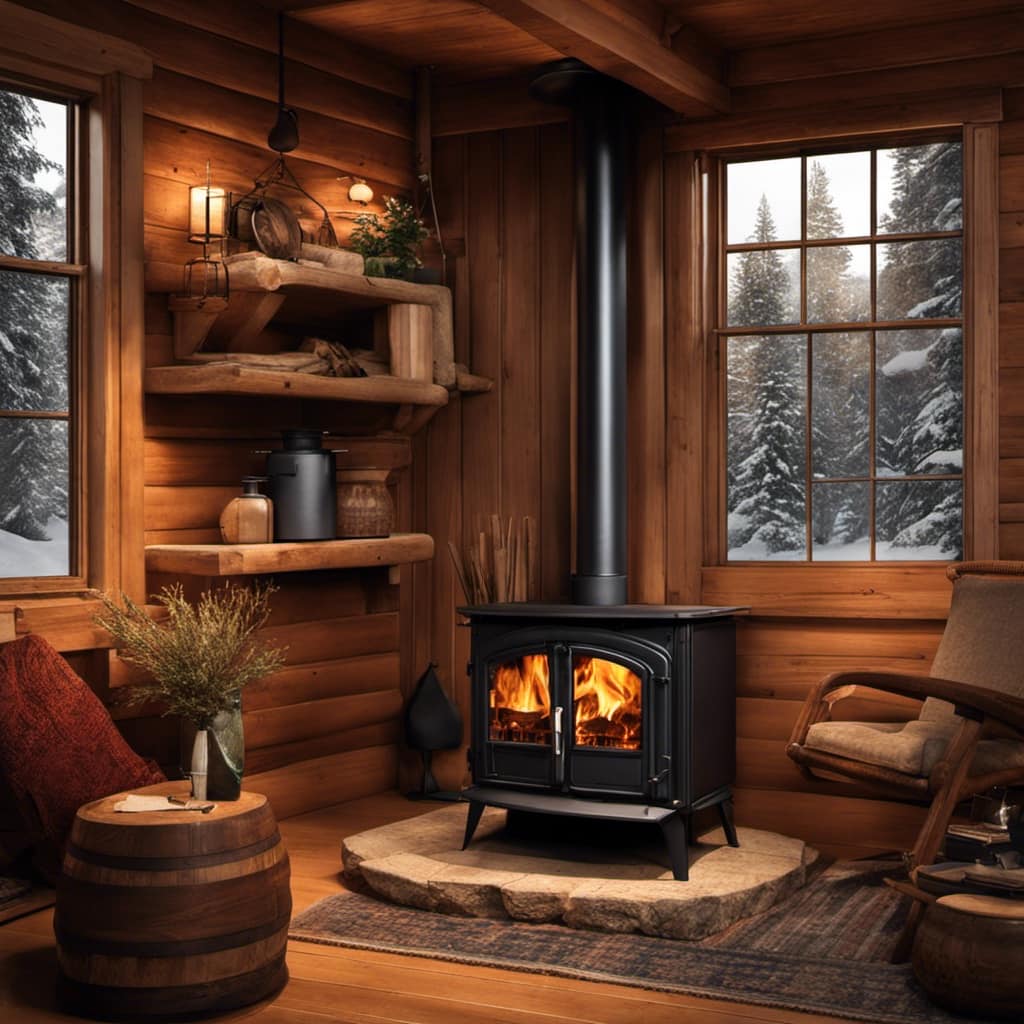
Next, I considered the height of the hearth pad to ensure it meets safety standards and provides a comfortable surface for the wood stove.
Design considerations also played a role in my planning process. I wanted to choose tiles that complement the overall decor of the room while providing a durable and heat-resistant surface.
Building the Base
How do I build the base and what materials do I need for it?
Well, constructing the base for your hearth pad requires attention to detail and the right materials. Here are three key items you’ll need:
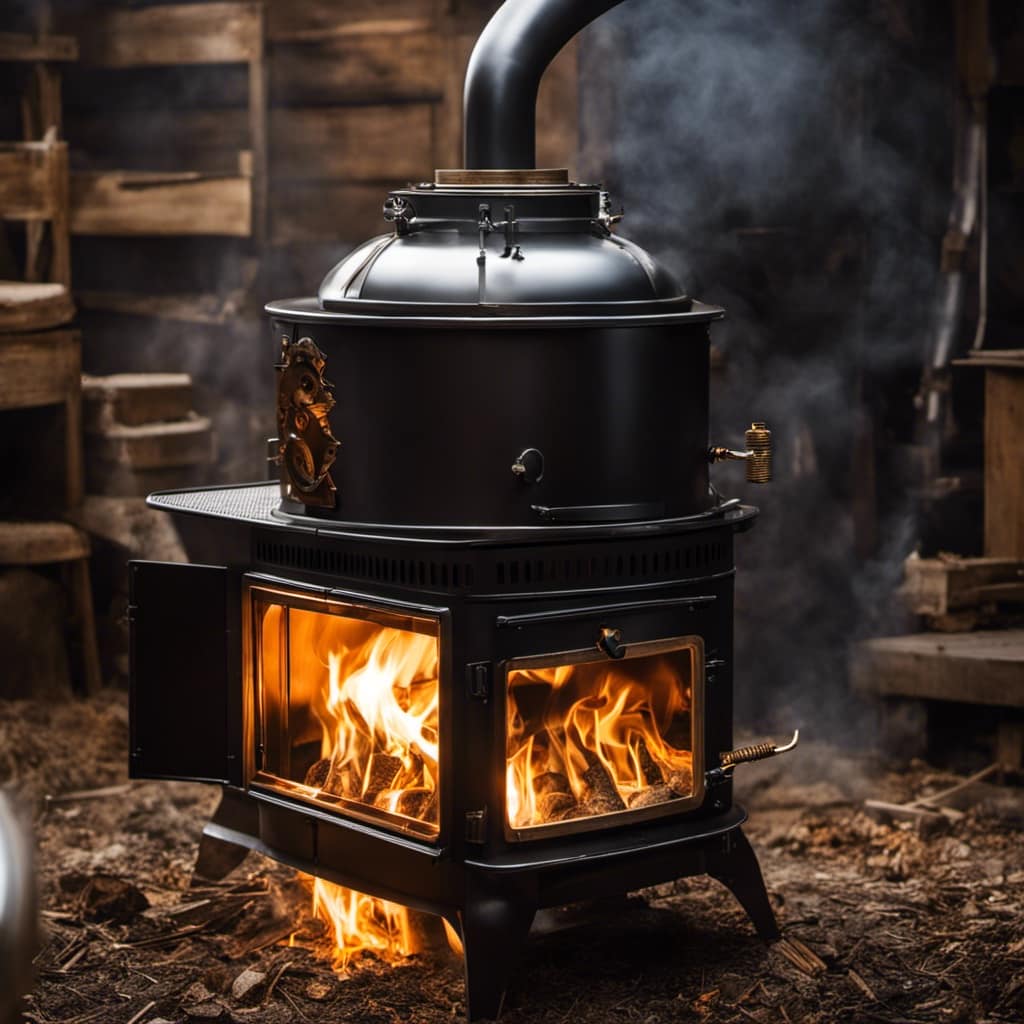
Plywood: Choose a sturdy plywood that’s at least ¾ inch thick. This will provide a solid foundation for your hearth pad.
Cement board: To ensure fire resistance and stability, use cement board as the top layer of your base. This durable material will withstand high temperatures and protect your flooring.
Construction adhesive and screws: Use construction adhesive to secure the plywood and cement board together. Additionally, use screws to reinforce the bond and provide extra strength.
Insulating the Hearth Pad
To insulate the hearth pad, I’ll use a combination of fiberglass insulation and fireproof foam, ensuring both heat retention and safety. Insulating the hearth pad is crucial to protect the underlying flooring and prevent excessive heat transfer. Fiberglass insulation is an excellent choice due to its high insulating value and heat resistance. It effectively traps heat and prevents it from escaping, keeping the area around the wood stove warm. Additionally, fireproof foam provides an extra layer of protection, as it is specifically designed to withstand high temperatures. By combining these insulating techniques, I can create a hearth pad that not only retains heat but also ensures the safety of the surrounding area.
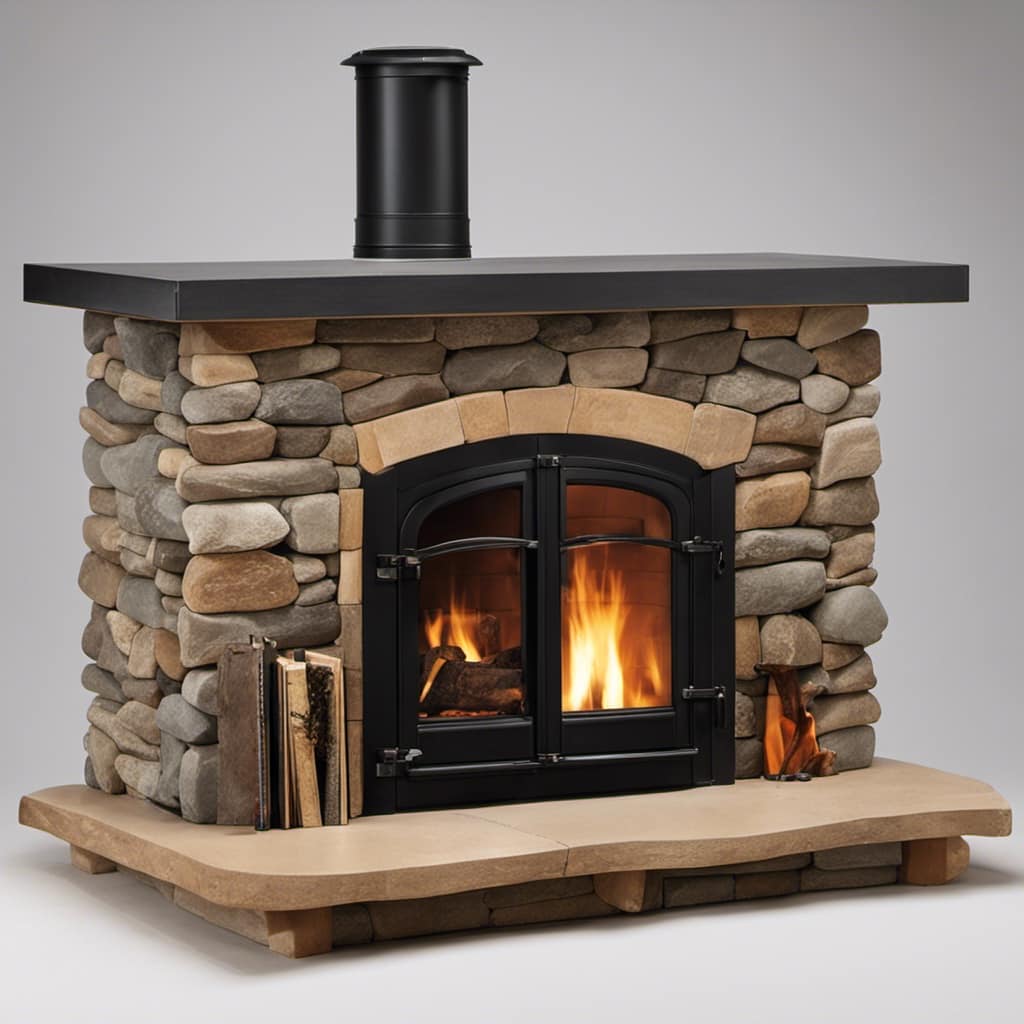
To further emphasize the importance of insulating the hearth pad, I have created the following table:
| Insulating Techniques | Benefits |
|---|---|
| Fiberglass insulation | High insulating value, heat resistance |
| Fireproof foam | Additional protection against high temperatures |
By implementing these insulating techniques, I can achieve optimal heat retention and minimize the risk of heat damage to the flooring.
Now that the hearth pad is properly insulated, it is time to focus on the finishing touches and safety considerations.
Finishing Touches and Safety Considerations
The finishing touches and safety considerations are crucial to ensure the hearth pad is both aesthetically pleasing and safe for use. Here are three key elements to consider when adding decorative elements and maintaining your hearth pad:
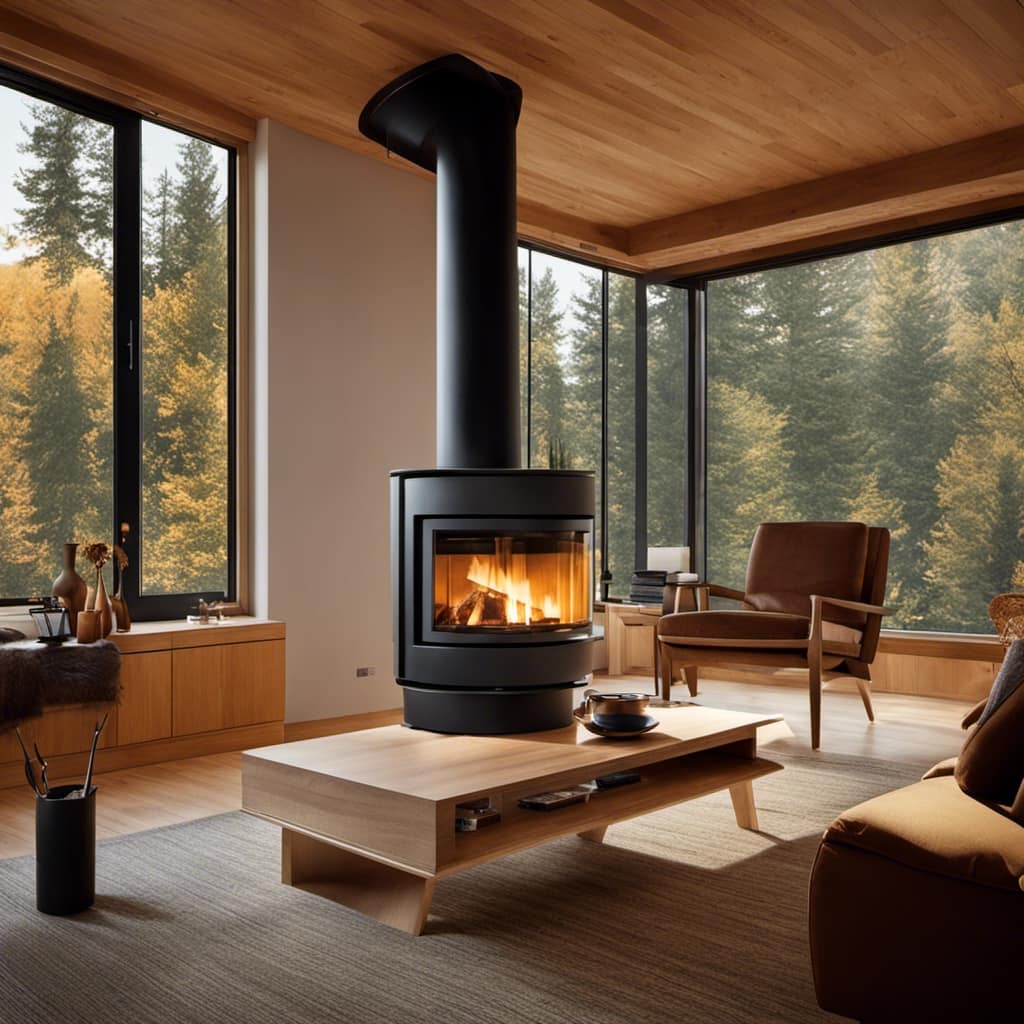
Fire-resistant materials: Choose materials that are heat-resistant and can withstand high temperatures. This will ensure the safety of your home and prevent any potential accidents.
Proper installation: Ensure that the hearth pad is installed correctly and securely. This will prevent any shifting or movement that could lead to damage or hazards.
Regular maintenance: Regularly clean and inspect your hearth pad to keep it in good condition. Remove any debris or ashes and check for any cracks or damage. This won’t only enhance the appearance of your hearth pad but also prolong its lifespan.
Frequently Asked Questions
How Much Does It Typically Cost to Make a Hearth Pad for a Wood Stove?
In my experience, the cost of making a hearth pad for a wood stove can vary depending on whether you choose a DIY approach or hire a professional. It’s important to compare costs and consider factors like materials and labor.
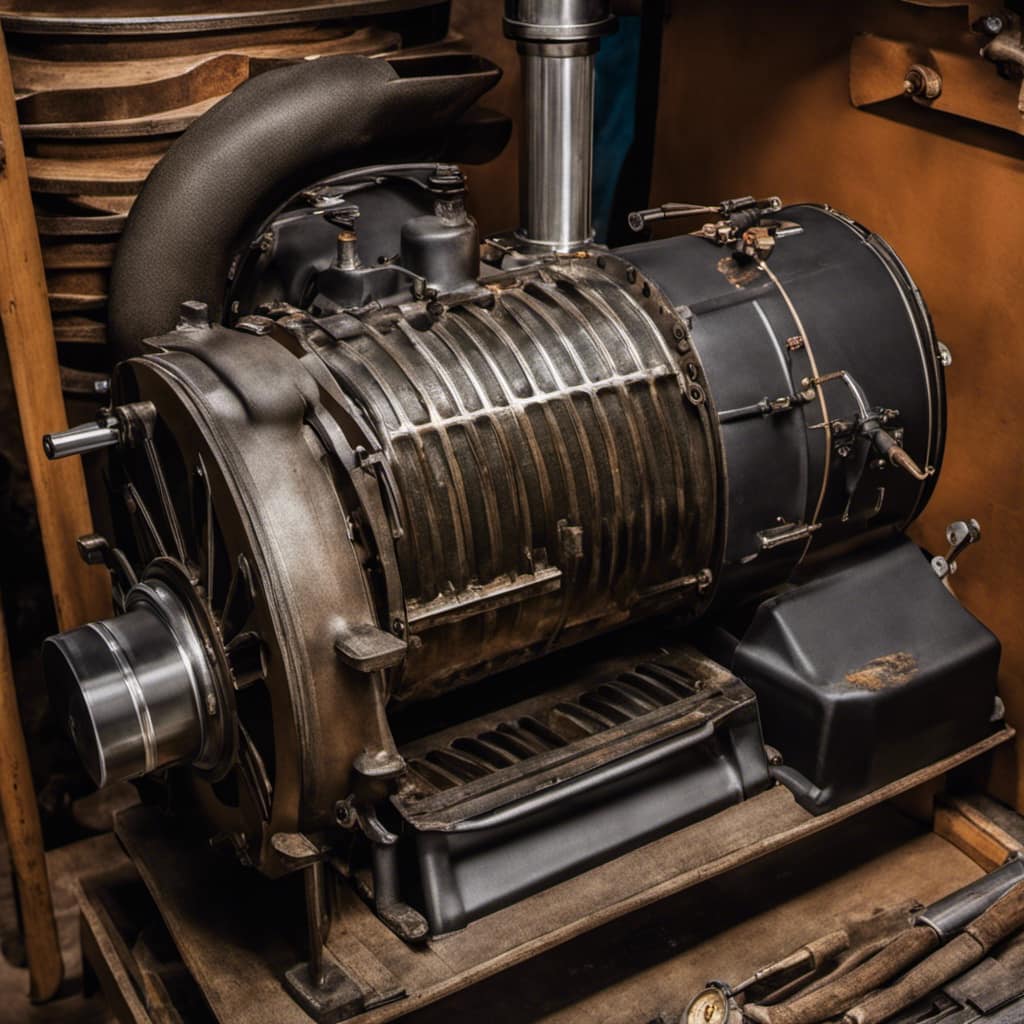
Can I Use a Hearth Pad for a Gas Stove as Well?
Yes, you can use a hearth pad for a gas stove as well. It is important for gas stove safety. A hearth pad provides a protective barrier between the stove and the floor, reducing the risk of fire and heat damage.
Are There Any Regulations or Building Codes That I Need to Follow When Constructing a Hearth Pad?
When constructing a hearth pad, it is important to follow regulations and safety guidelines. These requirements ensure that the pad is built to withstand the heat and weight of the wood stove, preventing any potential hazards.
How Long Does It Typically Take to Complete the Construction of a Hearth Pad?
It typically takes several hours to complete the construction of a hearth pad. The time required depends on the complexity of the design, the cost of materials, and the level of expertise.
Can I Install a Hearth Pad on Any Type of Flooring, or Are There Specific Requirements?
I can install a hearth pad on any type of flooring, but there are specific requirements. When installing on carpet, I’ll need materials like plywood, cement board, adhesive, and tiles to ensure proper support and fire protection.
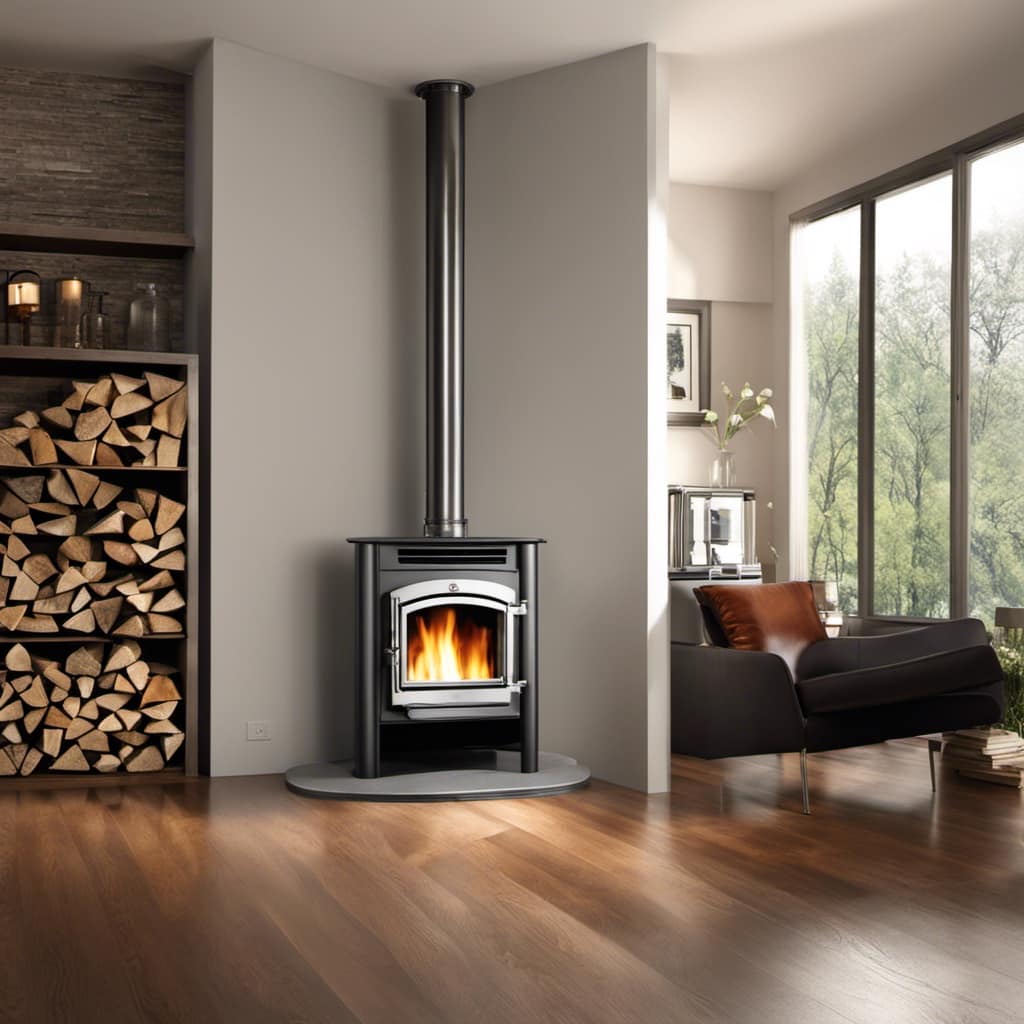
Can the Hearth Pads and Grate for a Wood Stove Be Made Using Similar Materials and Techniques?
When crafting hearth pads and a wood stove grate, similar materials and techniques can be used. The wood stove grate tutorial will guide you in creating both with ease. By leveraging the same materials and methods, you can achieve a cohesive and complementary look for your wood stove and hearth area.
Conclusion
In conclusion, constructing a hearth pad for your wood stove is a manageable task that ensures safety and enhances the overall functionality of your stove.
By carefully choosing the right materials, measuring and planning accurately, building a sturdy base, insulating properly, and considering safety precautions, you can create a hearth pad that acts as a strong foundation for your wood stove.
With this solid foundation, your wood stove will burn brightly, warming your home like a cozy hearth of glowing embers.
Growing up surrounded by the vast beauty of nature, Sierra was always drawn to the call of the wild. While others sought the comfort of the familiar, she ventured out, embracing the unpredictable and finding stories in the heartbeat of nature.
At the epicenter of every remarkable venture lies a dynamic team—a fusion of diverse talents, visions, and passions. The essence of Best Small Wood Stoves is crafted and refined by such a trio: Sierra, Logan, and Terra. Their collective expertise has transformed the platform into a leading authority on small wood stoves, radiating warmth and knowledge in equal measure.





